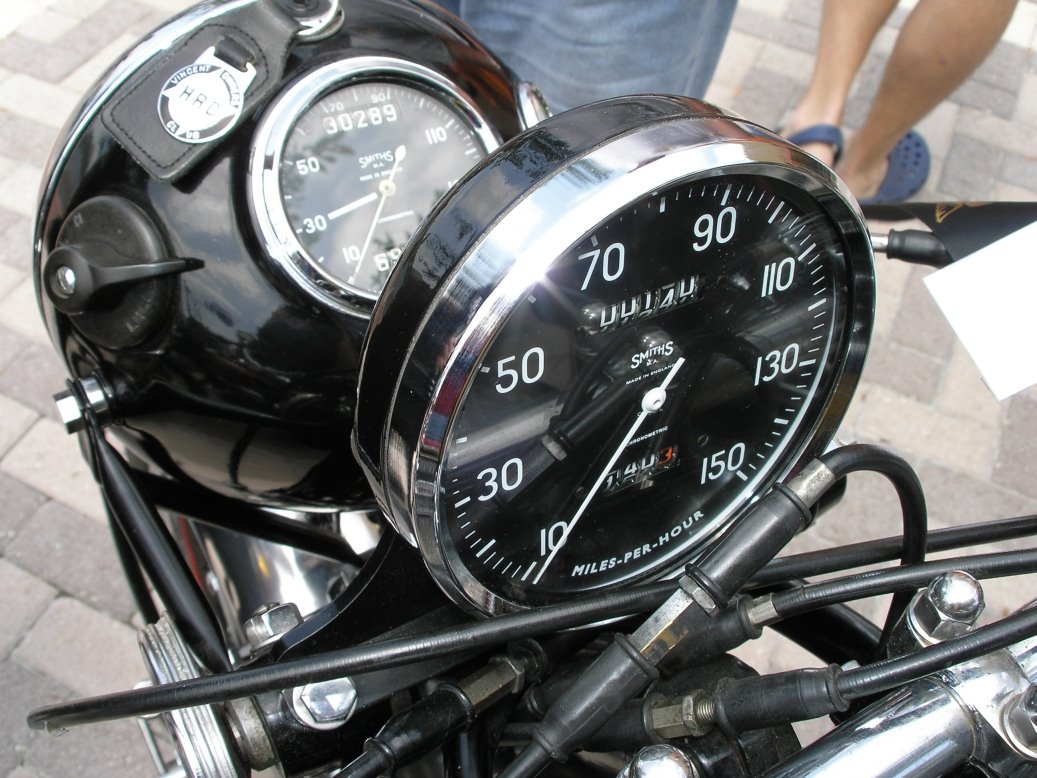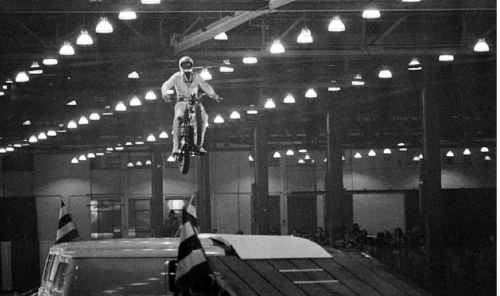And you thought some of the crap that comes out of the television "chopper" shows are bad...this is like what would happen if the Teutul's were left alone with a "Bedazzler"...
From the joint press-release (so don't blame me):
Kawasaki NINJA® ZX-12R Motorcycle
Gets Star Treatment
With SWAROVSKI Crystals
Kawasaki, USA teamed up with Leeora Catalan, lead designer for the
esteemed accessories and fashion house Noir by Catalan, to create a
one-of-a-kind Kawasaki NINJA® ZX-12R motorcycle almost entirely encrusted with
SWAROVSKI Crystals, some as small as 1/8" in diameter.
The
unique collaboration between the New York designer and Kawasaki motorcycles
evolved when Noir and three other prestigious designers -- Narciso Rodriguez,
Tarina Tarantino, and As FOUR -- were invited by SWAROVSKI to create their own
unique trend interpretations for the new SWAROVSKI 2002 Crystal Novelties
collection. Noir was assigned the theme "Extra".
"To showcase Noir's
design, we wanted the hottest, most futuristic sportbike out there," said Ms.
Catalan. "We envisioned the crystal-sheathed Kawasaki NINJA ZX-12R as the
ultimate interpretation of the new SWAROVSKI 2002 collection, as well as our own
eclectic red-carpet design philosophy."
The resulting NINJA ZX-12R
motorcycle - hand-studded with over 50,000 transparent and colored SWAROVSKI
crystals - will be the glittering focal point at a media launch event for
SWAROVSKI's Spring/Summer 2002 Crystal Novelties Collection. The April 18 event,
hosted by Nadia SWAROVSKI of SWAROVSKI Crystal at the Skybar in West Hollywood,
includes a VIP guestlist of celebrities, fashion and general media, industry
influentials, and other highly respected designers in the markets that support
SWAROVSKI Crystals.
The SWAROVSKI-covered NINJA ZX-12R sportbike was also
showcased at an East Coast media event on April 3rd at the Hudson Hotel in
Manhattan.'
What's next? A chinchilla Ducati? A gold Harley with a sterling silver sidecar lined with velvet?
 |




 Torsten Hallman
Torsten Hallman








